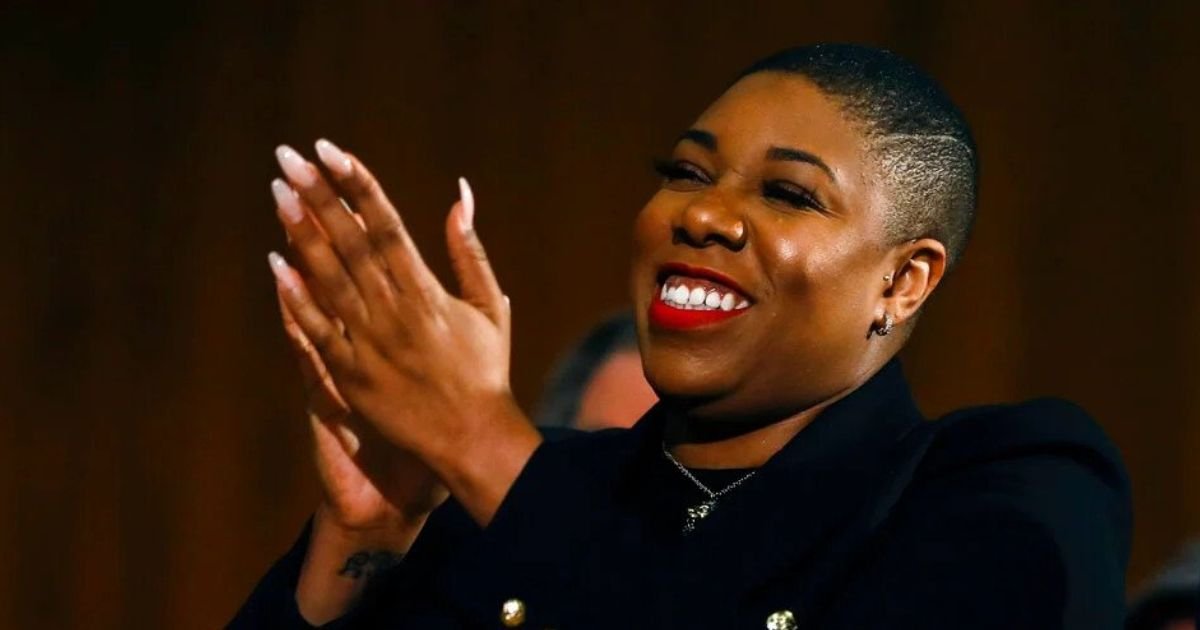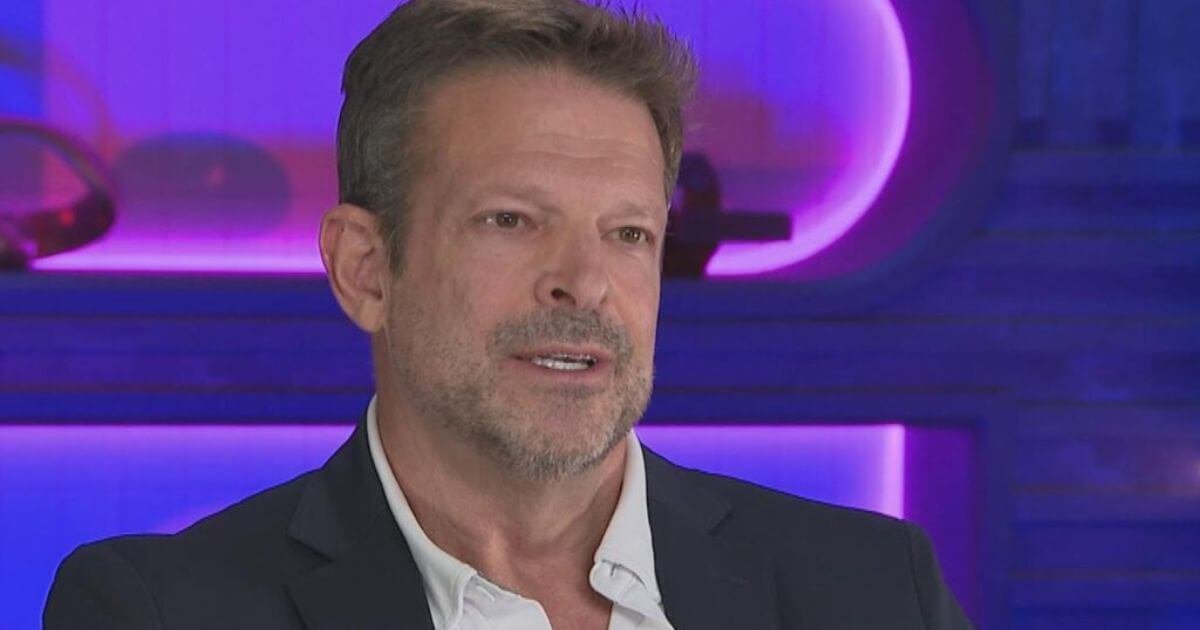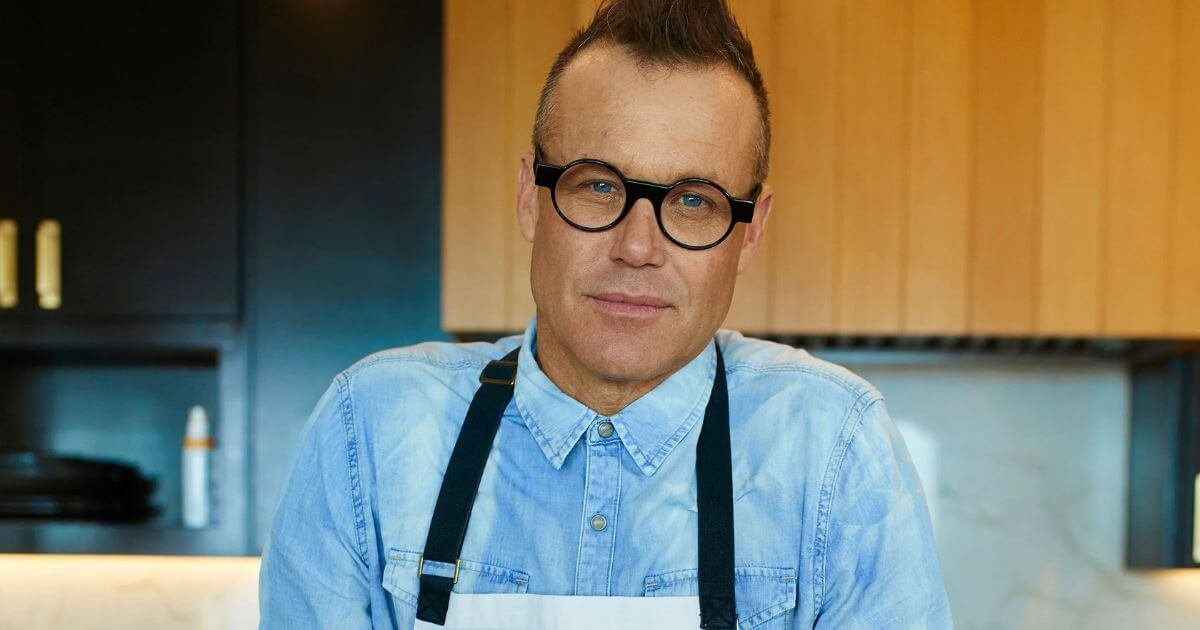The Vietnam War was not just a battlefield for soldiers. It also became a stage for entertainers who paid the ultimate price while supporting the troops. These non-military performers stepped into danger armed not with weapons, but with microphones, instruments, and heart. Their mission? Morale boosting through music, dance, and comedy — often in the middle of combat.
These were not just shows — they were acts of civilian sacrifice in combat zones. Some performers returned as quiet heroes. Others, like Cathy Wayne, became victims of wartime performances that turned fatal. This article uncovers their stories, their bravery, and their forgotten legacy.
Introduction
During the Vietnam War, soldiers lived in constant fear, far from home. In the middle of war, entertainers brought hope. Vietnam entertainment tours became a powerful tool for keeping troops sane and connected to normal life.
This story still matters. Because these entertainers – especially women like Cathy Wayne – gave everything, but got very little recognition. Her death, the result of a tragic friendly fire incident, remains a painful symbol of the price paid by volunteer entertainers.
1. War and Entertainment: A Deadly Mix
Entertainment during the Vietnam War was more than fun — it was a form of military support. Shows helped tired, scared soldiers feel human again. But these tours carried risk. Organizers hosted some shows near active fighting zones, placing them close to field hospitals and military clubs.
Performers and organizers conducted hundreds of entertainment tours in South Vietnam alone. Go-Go Dancers, comedians, Filipino bands, and even opera singers joined. Not all of them made it back home.
What Was the USO?
The USO (United Service Organizations) organized most shows. Their job was to boost troop morale through live performances. Shows took place in places like Saigon, Vung Tau, and even deep in jungle bases.
Entertainment as a Military Strategy
This wasn’t just kindness — it was military strategy. Commanders believed music under fire helped reduce wartime trauma. It lifted spirits, built mental strength, and reminded soldiers what they were fighting for.
Celebrities and National Duty
Some famous names saw it as their duty to perform. Martha Raye, a comedian and nurse, even worked in field hospitals. Others, like Brandi Perry / Paula Levine, performed in front of bullets and bombs without a second thought.
2.Cathy Wayne: The First and Forgotten Entertainer Who Paid the Ultimate Price
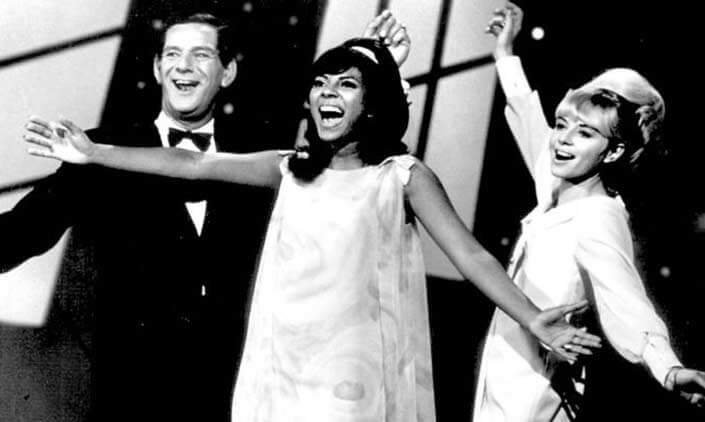
Cathy Wayne was a 19-year-old Australian pop singer — one of the entertainers who paid the ultimate price during the Vietnam War. She went to Vietnam with the group Sweethearts on Parade. They were unpaid, unprotected, and only wanted to lift soldiers’ spirits. But Cathy never returned.
She was shot and killed onstage in Da Nang. The bullet came from a .22 caliber pistol with a silencer, fired by a jealous marine. Cathy was not the target — she was simply in the wrong place, at the wrong time.
Early Life and Career
Cathy grew up in Sydney. She was passionate about music, often appearing on local TV. Organizers recognized her talent and invited her to join the entertainment tours traveling to Vietnam.
A Promising Talent on a Fateful Tour
The tour brought her into some of the most perilous regions of South Vietnam, where few dared to go. On July 20, 1969, Cathy performed her final show. The shot that killed her became a chilling reminder of combat performance risks.
Aftermath and Legacy
Authorities court-martialed the shooter but later released him. Cathy’s name faded from U.S. history but lives on in Australia. Her story highlights the civilian sacrifice made by non-military performers.
3. Were Any American Entertainers Killed in Vietnam?
Many believe the war claimed the lives of American entertainers as well.The truth is more complex. Unlike Cathy Wayne, officials never confirmed that enemy fire killed any U.S. civilian performers. However, entertainer casualties may have gone unrecorded.
Confusion comes from mixed records. Some musicians in Vietnam were soldiers. Others were civilians but not part of official USO groups. This makes war-time memory preservation difficult and keeps their stories hidden.
4. American Entertainers Who Risked Their Lives
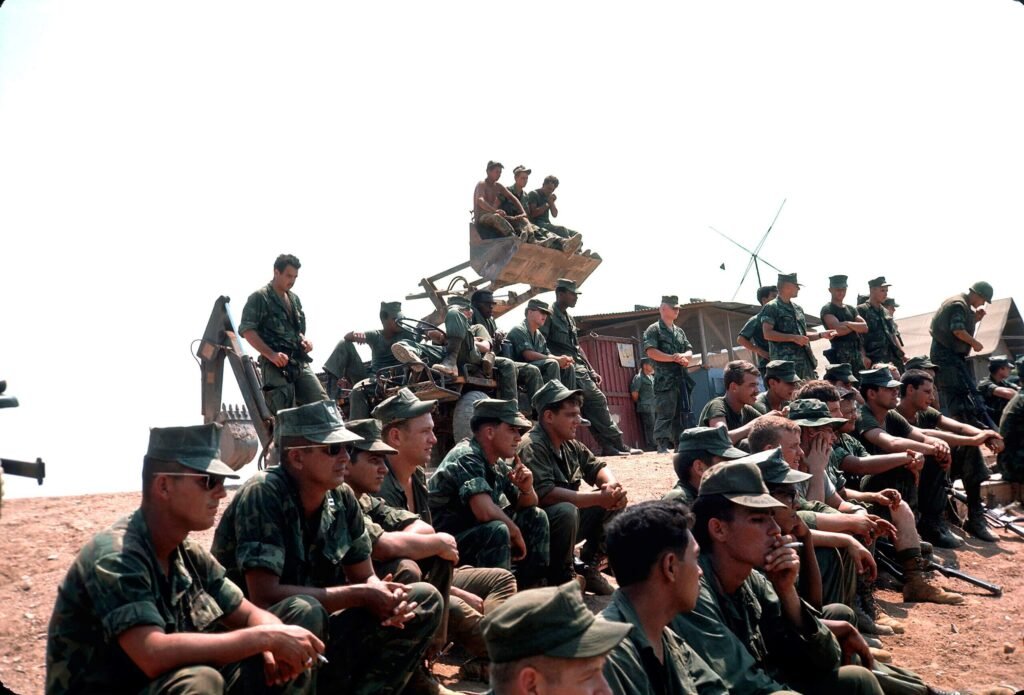
Despite the danger, many American entertainers volunteered. The Bob Hope Show is the most famous example. Bob brought laughter to battlefields and always flew into danger zones.
David K. Hamilton, James Killen, and Martha Raye all faced real danger. They performed in combat zones, often just minutes after ambushes or shelling. Many suffered lasting emotional wounds.
Bob Hope and the Legacy of USO Tours
Bob Hope went on multiple tours. His shows, filled with jokes, music, and famous guests, gave hope to thousands. He remains a symbol of cultural diplomacy and entertainment under fire.
Music Stars and Their War-Time Concerts
Many performers weren’t famous, but just as brave. Go-Go Dancers, blues singers, and Filipino bands sang through fear. They danced on broken stages. They smiled while bombs echoed in the distance.
How Close They Came to Danger
Some key examples of entertainers facing danger include:
- Martha Raye, caught between crossfire while serving both as nurse and performer
- Brandi Perry, who performed during an ambush but kept going for the troops
- Performers who were airlifted in military helicopters under active fire
- Shows held within the blast radius of mortars and rockets
These moments define the courage behind wartime performances.
5. The Danger Zone: Performing Amid Combat
Performing in Vietnam War was not safe. Some stages were makeshift. Others were in jungle clearings. Soldiers had rifles. Entertainers had nothing.
Safety rules existed, but were poorly followed. Volunteer entertainers were often misled about the risks. Many performed without knowing the layout of the base or how to escape in an emergency.
Rules of Engagement for Civilian Performers
The military was supposed to protect civilian performers. But there was no clear law. In some places, performers stayed in hooches like soldiers. In others, they were on their own.
How the Military Ensured (or Failed to Ensure) Safety
The system failed Cathy Wayne. Her shooter was part of a Special Forces unit at Fort Bragg. Her killer wasn’t caught by enemies—but by another American. This shows the real gap in military justice system support for civilian performers.
6. The Psychological Toll on Entertainers
The war left deep scars. While soldiers could get help, non-military performers were often ignored. Many suffered from wartime trauma and had no therapy, no help, and no closure.
One singer described waking up from dreams of explosions. A Go-Go Dancer said she couldn’t listen to music for years. They came home carrying pain no one wanted to hear about.
7. Vietnam War’s Cultural and Musical Legacy
The war reshaped music. Songs like “War” and “Give Peace a Chance” were born from real stories. Many were written by people who had seen the fear and chaos first-hand.
These songs and stories influenced movies, books, and plays. Performers who served became storytellers. Through their art, they helped with war-time memory preservation for the next generation.
8. Honoring the Forgotten: Why These Stories Matter
Today, museums and veterans’ groups try to keep these stories alive. The Vietnam Memorial Wall honors thousands of names, but many believe it should include entertainer casualties too.
In Australia, Cathy Wayne has a memorial, honoring her as one of the many entertainers who paid the ultimate price but remain unrecognized elsewhere.. But in the U.S., her name is nearly forgotten. We must do better. Heroes wear uniforms—but some wore dresses, guitars, and makeup too.
FAQs
Q1. Were any American entertainers killed in Vietnam by enemy fire?
No official records confirm this. But many performers faced combat performance risks and nearly died.
Q2. Is Cathy Wayne the only known entertainer killed in Vietnam?
Yes, records clearly confirm Cathy Wayne as the only performer killed during a show.
Q3. How did the USO protect entertainers in combat zones?
The USO worked with the military, but no one ever guaranteed safety. Some shows happened just miles from battle.
Q4. Did any American musician die while touring in Vietnam?
Not confirmed. But performers like Martha Raye and Brandi Perry risked their lives regularly.
Q5. Why is there confusion around ‘Were any American entertainers killed in Vietnam’?
Records were poorly kept. Many performers weren’t official. Others didn’t report their injuries.
Conclusion
The Vietnam War was more than battles. It was laughter in dark tents. Songs near gunfire. And sometimes, death on stage. People like Cathy Wayne, Martha Raye, and others gave everything — but were rarely thanked.
We must tell their stories — especially the entertainers who paid the ultimate price, like Cathy Wayne — to truly understand what loss and heroism mean.These brave non-military performers sang through war. Let’s make sure they are never forgotten.
You can find more deep-dive articles and human interest stories on our homepage: PakistanCoverage.com.
Zainab Farooq is a dedicated reporter and celebrity wealth analyst with Pakistan Coverage, committed to bringing readers timely and accurate information across diverse topics. With a passion for storytelling and fact-based reporting, she covers everything from celebrity net worth insights and entertainment industry analysis to local Pakistani developments and global trends, ensuring readers stay informed about the stories that shape our world.


